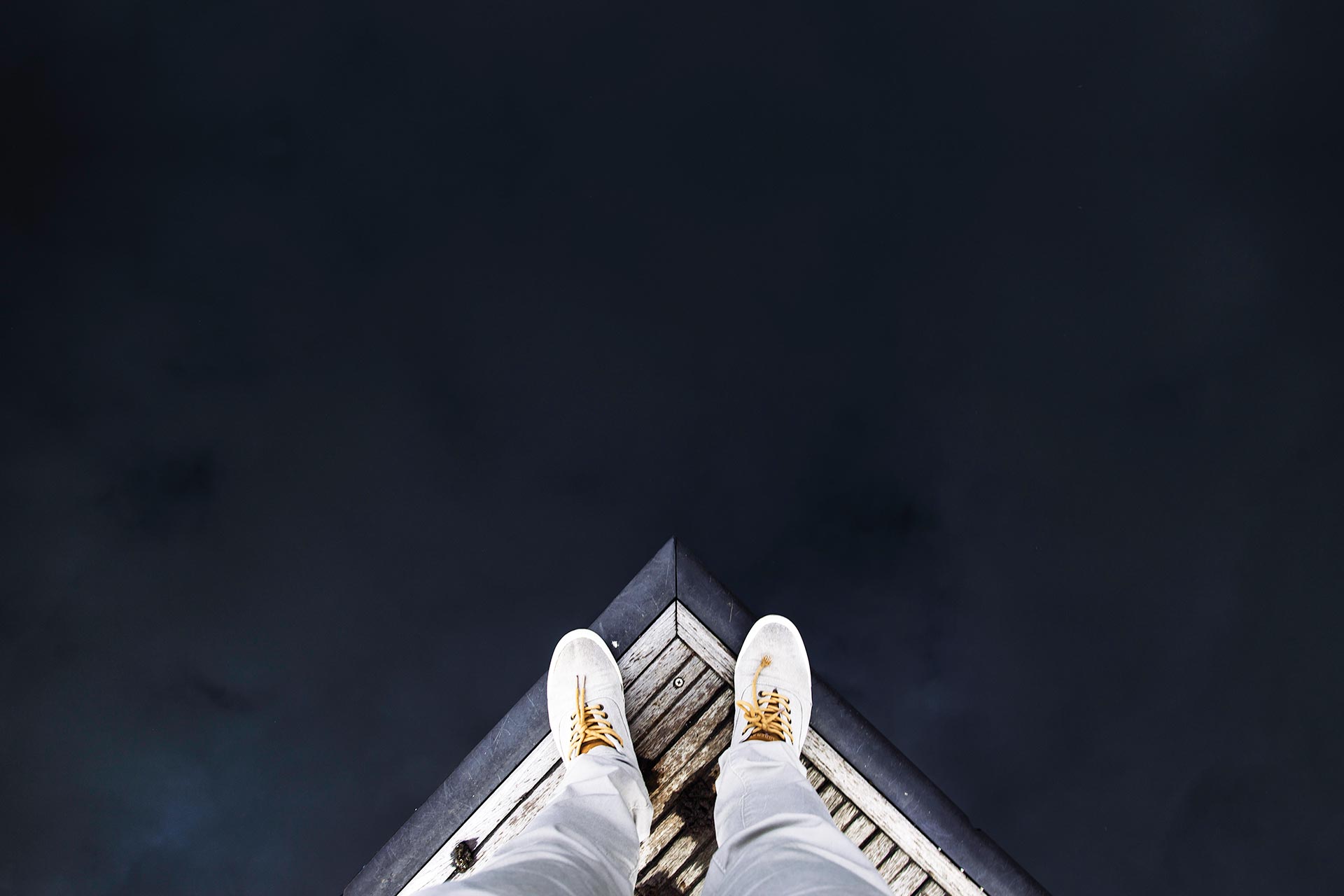
The media industry has undergone tremendous changes in recent years, thanks to the rapid advancements in technology. As we continue to move forward, emerging technologies and trends are poised to transform the way we create, consume, and share content. In this blog, we will explore some of the latest innovations shaping the future of media, including virtual reality, artificial intelligence, and 5G networks.
- Virtual Reality (VR) and Augmented Reality (AR)
Virtual reality (VR) and augmented reality (AR) technologies are revolutionizing the way we experience and interact with media. VR immerses users in a fully digital environment, while AR overlays digital elements onto the real world. Both technologies have the potential to redefine storytelling and create more engaging, immersive experiences for audiences.For instance, VR and AR can be used to create interactive documentaries, allowing viewers to explore different perspectives and narratives within a story. Additionally, these technologies can enhance live events, such as concerts and sports games, by providing spectators with unique, personalized experiences. - Artificial Intelligence (AI) and Machine Learning
Artificial intelligence (AI) and machine learning are playing an increasingly significant role in the media industry. From content creation to audience analysis, these technologies are changing the way media professionals work.AI-powered algorithms can generate news articles, write scripts, and even create music, while machine learning enables more effective content recommendations and personalization. Furthermore, AI-driven analytics can help media companies better understand their audiences, optimize their content strategies, and deliver more relevant, engaging experiences.
- 5G Networks
The widespread rollout of 5G networks is expected to have a profound impact on the media industry. With faster speeds, lower latency, and greater capacity, 5G will enable seamless streaming of high-quality content, including 4K video, virtual reality experiences, and more.5G will also facilitate the growth of the Internet of Things (IoT), allowing for more connected devices and new opportunities for media consumption. For example, smart cars with 5G connectivity could provide passengers with personalized, on-demand media content based on their preferences and location.
- Blockchain Technology
Blockchain technology, best known for its role in cryptocurrencies, is also finding its way into the media industry. With its decentralized nature, blockchain can offer more secure, transparent, and efficient solutions for content distribution, rights management, and monetization.For instance, blockchain-based platforms can allow creators to distribute their content directly to consumers, bypassing traditional intermediaries and retaining more control over their work. Additionally, blockchain can facilitate more accurate tracking of content usage, ensuring fair compensation for creators and rights holders.
- The Rise of User-Generated Content (UGC) and Influencer Marketing
In recent years, we have witnessed the growing importance of user-generated content (UGC) and influencer marketing. As audiences increasingly seek authentic, relatable content, media companies are turning to influencers and user-generated content to connect with their target demographics.This trend is expected to continue as platforms like TikTok, Instagram, and YouTube empower creators to share their stories, and as media companies increasingly collaborate with influencers to produce branded content.
The future of media is undoubtedly exciting, as emerging technologies and trends continue to reshape the industry. As virtual reality, artificial intelligence, 5G networks, blockchain technology, and the rise of user-generated content and influencer marketing become more prominent, media companies will need to adapt and innovate to stay ahead of the curve. By embracing these new developments, the media industry can create richer, more engaging, and personalized experiences for audiences worldwide.






